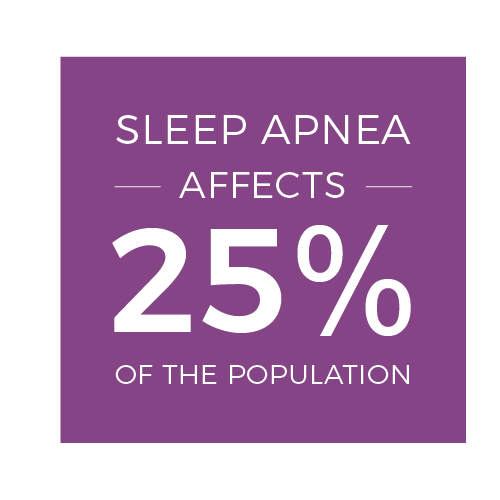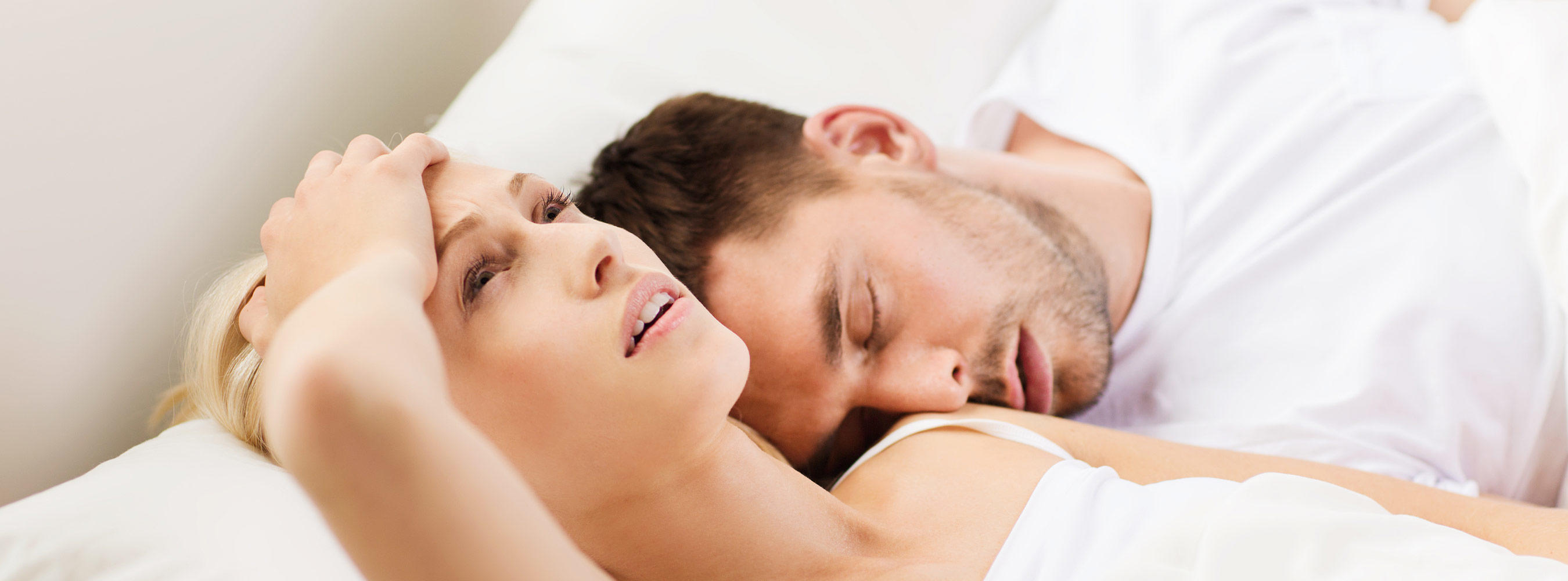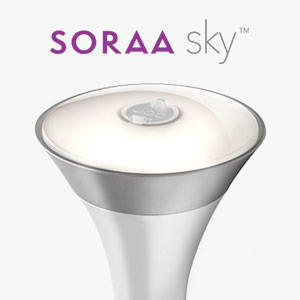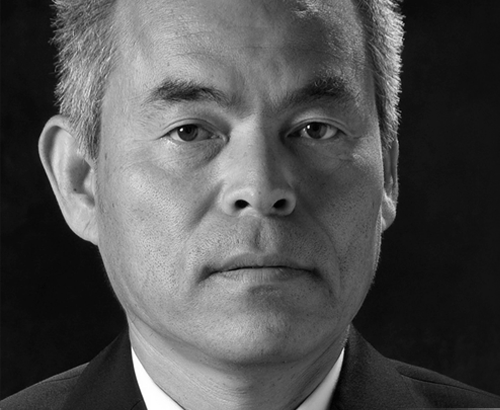I like this
“You have no idea how bad you sound at night. You sound like you are going to die!”
The wife of my patient glared at her husband, who until her outburst was doing an outstanding job of minimizing the concerns both she and his primary care doctor had about his sleep, breathing, and choking episodes that are happening during the night. This drama plays out on a fairly regular basis within primary care doctors’ offices and sleep clinics across this country.
What condition could simultaneously create so much concern in a partner, yet leave the affected relatively oblivious to their own peril at night? The answer is obstructive sleep apnea (OSAS). OSAS is a condition that causes the airway of an afflicted individual to collapse, which prevents breathing and leads to extreme sleepiness that results from poor quality sleep at night. This struggle to breathe eventually forces the individual to awaken abruptly numerous times every night. This disrupts the architecture of sleep so significantly that the individual commonly feels exhausted despite what they perceive as a “good night of sleep.”
Sleep apnea is quite common, affecting as much as 25% of the adult population. This condition can go unnoticed and more importantly undiagnosed for years despite the patient feeling an overwhelming sense of sleepiness. This sleepiness can lead to an incredibly disorganized sleep schedule as the patient virtually falls asleep whenever he or she sits down. Fortunately, the condition is treatable and patients often see dramatic changes in their ability to stay awake during the day and early evening.
For some severe cases of obstructive sleep apnea syndrome, these changes can produce dramatic shifts in their schedules. Suddenly, these individuals do not need a nap when they get home from work. They stop “sleeping in” on the weekend to make up for the disturbed sleep they experience during the week. Gone are the days of nodding off while watching The Voice during the knock-out round and waking up to The Tonight Show Starring Jimmy Fallon.
For many sleep apnea sufferers, the period immediately after receiving treatment is a great time to discuss sleep schedules and the role that light, exercise, and meal timing play in the development and maintenance of healthy sleep.
As people begin to feel better, it’s the perfect time to “invest” their newfound energy and wakefulness into personal changes that can lead to even greater sleep and potentially greater well-being. With this in mind, here are some tips to consider:
- Move your body first thing in the morning, and preferably in bright light. The period immediately after CPAP initiation is a great time to press the issue of exercise.
- Speaking of bright light, use high quality and ample quantity lighting during periods of wakefulness while being careful to avoid bright lighting that may contain lots of blue light content, as this promotes wakefulness at night. Common targets include bathrooms, where many assault themselves with bright light immediately prior to going to bed. SORAA makes healthy, circadian friendly lighting featuring a technology called SORAA BlueFree LED™ that accomplishes both of these things at a nearly imperceptible level.
- With the individual no longer sleeping in and missing breakfast or having a late dinner after falling asleep upon arriving home, make it a goal to create a uniform meal schedule to keep the cues from meals constant from day to day.
The treatment of sleep apnea is the beginning of a process, not the end of one. Capitalize on this time to create lasting change in your life.
About Dr. W. Chris Winter
Dr. W. Chris Winter is a Sleep Specialist, Neurologist, author of The Sleep Solution: Why Your Sleep is Broken and How to Fix It. He is working with SORAA to help shed light in the link between blue light and sleep as he believes paying attention to the amount and quality of the light you expose yourself to during the day and night is probably the single biggest modifiable factor for getting a healthy night of sleep. Dr. W. Chris Winter has served as a consultant for several Major League Baseball teams including the San Francisco Giants, Tampa Bay Rays, Cleveland Indians, and the Pittsburgh Pirates. In addition to MLB teams, he has worked with the Chicago Bulls and is currently the sleep medicine specialist for NBA teams including the Oklahoma City Thunder and the Washington Wizards. Within the NHL, he has consulted with the Washington Capitals and currently works with the New York Rangers and consults with the United States Women's soccer team. Dr. Winter is board certified in sleep medicine by both the American Board of Sleep Medicine and by the American Board of Internal Medicine and board certified in Neurology by the American Board of Psychiatry and Neurology. He enjoys not only studying athletics, but is an avid triathlete himself.






